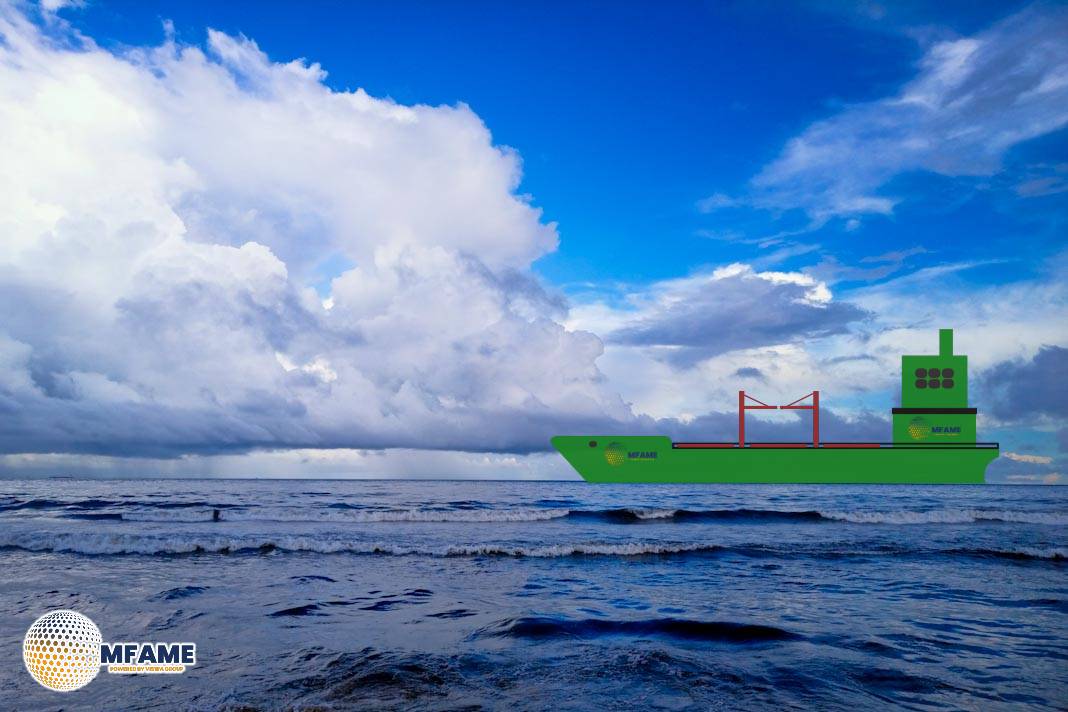- P1A Route Jumps 143% as Charterers Shun China-Linked Vessels.
- Proposed U.S. Sanctions Trigger Market Shift in Dry Bulk Shipping.
- Chinese Vessel Participation Drops Sharply in Transatlantic Trade.
After a long stretch of stagnation, Panamax freight rates have taken off across all routes, with the transatlantic P1A route leading the charge. This surge seems to be linked to rising worries about how proposed U.S. trade policies might shape the future of global shipping. In February 2025, the U.S. Trade Representative (USTR) unveiled a Section 301 proposal targeting China’s shipping, logistics, and shipbuilding sectors. If this proposal goes through, vessels connected to China that dock at U.S. ports could face tariffs starting in mid-October 2025. Even though it’s still just a proposal, the news has already created waves in the dry bulk markets, reports Break Wave Advisors.
P1A Route Takes the Lead Amid Policy Uncertainty
By July 18, the P1A route had jumped to $20,900 per day, reflecting a staggering 143% increase from its low in June. Meanwhile, Pacific routes P3A and P6 experienced more modest increases of 69% and 49%, respectively. The premium of P1A over the P5TC benchmark climbed to 22%, its highest point in a year. This surge indicates that the market is reacting not only to immediate supply-demand issues but also to larger structural changes tied to geopolitical events.
Vessel Avoidance Contributes to Supply Crunch
A squeeze in vessel supply in the Atlantic has compelled charterers to accept higher rates. Even though the USTR measures aren’t in effect yet, and even if they were, they wouldn’t directly target Chinese-linked vessels heading to the U.S., charterers seem to be steering clear of ships built in Chinese shipyards or owned by Chinese companies. This voluntary avoidance, often referred to as preemptive sanctions, has led to a decline in the participation of Chinese-linked vessels and has contributed to a tighter supply of tonnage in the area.
The Sharp Decline in Chinese Vessel Participation
According to data from AXSMarine, there has been a notable drop in the share of China-built vessels in the transatlantic dry bulk trade during the second quarter of 2025. It plummeted from an average of 46.9% (from 2021 to 2024) down to 38.6%. Additionally, vessels owned by Chinese beneficial owners saw a decrease from 21.7% to just 13.5%. The situation is even more striking when looking at U.S. port calls—China-built ships now account for only 29% of arrivals, while Chinese-owned vessels have dwindled to a mere 6.9%. This trend isn’t limited to routes linked to the U.S.; charterers are generally moving away from China-linked tonnage in transatlantic trade, which is restricting those vessels’ access to cargo.
Export Shifts Reshape Demand
On the demand front, U.S. exports are transforming the decoupling from China continues. Even though some tariffs have been lifted, China’s 15% duties on U.S. coal and grain are still in effect. Consequently, the U.S. has started redirecting its exports towards Europe and other Asian markets. In the first half of 2025, exports to China saw a significant decline, while shipments to Europe and key Asian countries like Japan, South Korea, and India surged. These shifting trade dynamics have contributed to the rising freight rates on transatlantic routes.
Fleet Splits and Market Fragmentation
The market is currently experiencing a division in fleet deployment. Vessels linked to China are increasingly limited to the Pacific and South Atlantic trades, while non-China-linked vessels are staying in the Atlantic to take advantage of higher rates. This artificial separation has led to decreased market efficiency and vessel flexibility, creating an unnecessary barrier within global shipping networks. Although Panamax rates have generally increased, much of this rise is fueled by market speculation and expectations regarding future policy enforcement.
Did you subscribe to our daily Newsletter?
It’s Free Click here to Subscribe!
Source: Break Wave Advisors


















